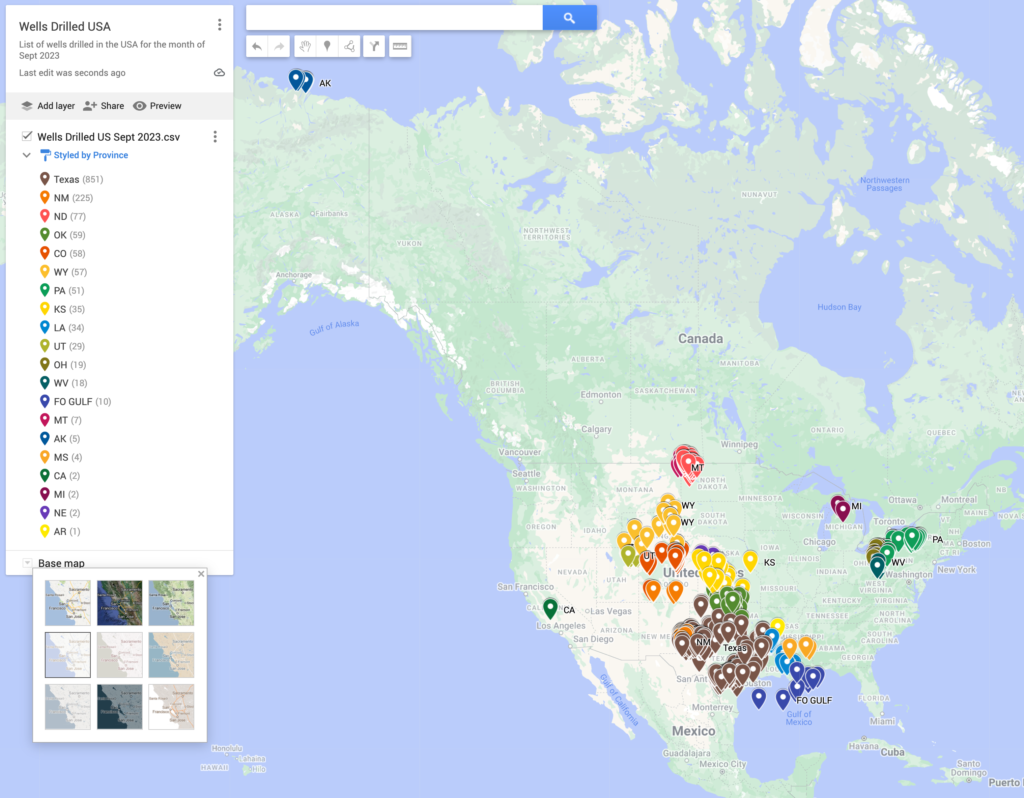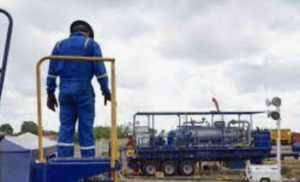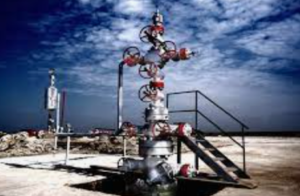The United States oil and gas industry is a sector of the economy that involves the exploration, extraction, refining, and distribution of petroleum and natural gas products. This industry plays a significant role in the United States’ energy landscape and overall economy.
Top 10 Operators by Well Permits in the US Last 30 Days
The top 10 operators by well permits are EOG Resources, Inc. (114 well permits), Pioneer Natural Resources USA, Inc. (88 well permits), Devon Energy Production Company, L.P. (40 well permits), DE IV Operating, LLC (40 well permits), PDC Energy Inc (40 well permits), Mewbourne Oil Company (38 well permits), Kerr McGee Oil & Gas Onshore LP (32 well permits), Chevron U.S.A. Inc. (32 well permits), OxyRock Operating, LLC (30 well permits), and Bison IV Operating LLC (29 well permits).

Oil & Gas Data Download Center

Oil & Gas Wells Drilled in the US YTD
Detailed list of Oil & Gas Wells Drilled in 2024 in the US
Oil & Gas Operators
Detailed list of Oil & Gas Operators in the US
Wells Drilled in the US
Detailed list of wells drilled in the US last 30 days
US Rig Report
Detailed list of drilling rigs active last 30 days in the US
New Well Permits Last 30 days
Detailed list of new well permits last 30 days in the US
The list below is a summary of the top 10 Oil & Gas Producers in the US by wells drilled in 2023.
1/ EOG Resources ranks #1 in wells drilled in 2023 with 782 wells drilled in the US
2/ Chevron U.S.A. Inc. ranks #2 in wells drilled in 2023 with 639 wells drilled in the US
3/ Pioneer Natural Resources ranks #3 in wells drilled in 2023 with 591 wells drilled in the US
4/ OXY USA Inc. ranks #4 in wells drilled in 2023 with 590 wells drilled in the US
5/ Conocophillips ranks #5 in wells drilled in 2023 with 464 wells drilled in the US
6/ Devon Energy ranks #6 in wells drilled in 2023 with 428 wells drilled in the US
7/ XTO Energy Inc. Inc. ranks #7 in wells drilled in 2023 with 423 wells drilled in the US
8/ Diamondback Energy ranks #8 in wells drilled in 2023 with 398 wells drilled in the US
9/ Endeavor Energy ranks #9 in wells drilled in 2023 with 346 wells drilled in the US
10/ Mewbourne Oil ranks #10 in wells drilled in 2023 with 323 wells drilled in the US
Oil & Gas Email Lists
US Wells Drilled Map (Click to Access)
Map of wells drilled in the US for the month of Dec 2023

The oil and gas industry in the United States is a crucial component of the nation’s economy and energy landscape. Here are some key points about the U.S. oil and gas industry:
- Production: The United States is one of the world’s leading producers of oil and natural gas. In recent years, advancements in drilling technologies, such as hydraulic fracturing (fracking) and horizontal drilling, have unlocked vast reserves of oil and gas from shale formations, leading to a surge in domestic production.
- Shale Revolution: The shale revolution, which began in the early 2000s, has transformed the U.S. energy industry. Shale formations, such as the Permian Basin in Texas and the Bakken Formation in North Dakota, have become major sources of oil and gas production, significantly reducing the country’s dependence on imported energy.
- Economic Impact: The oil and gas industry contributes significantly to the U.S. economy, providing jobs, tax revenue, and economic growth. The industry supports a wide range of sectors, including oilfield services, manufacturing, transportation, and finance.
- Energy Security: The increase in domestic oil and gas production has enhanced the country’s energy security by reducing reliance on foreign sources of energy. The United States has become less vulnerable to geopolitical disruptions in global energy markets.
- Environmental Concerns: Despite its economic benefits, the oil and gas industry faces environmental challenges, including air and water pollution, habitat disruption, and greenhouse gas emissions. There are ongoing debates and discussions about the environmental impact of fossil fuel extraction and the need to transition to cleaner energy sources.
- Regulation: Oil and gas activities in the United States are regulated at both the federal and state levels. Federal agencies such as the Environmental Protection Agency (EPA) and the Bureau of Land Management (BLM) oversee environmental regulations and permitting on federal lands, while state agencies regulate activities on state and private lands.
- Renewable Energy: In recent years, there has been growing interest and investment in renewable energy sources such as wind, solar, and hydroelectric power. The transition to renewable energy is seen as a way to mitigate climate change, reduce dependence on fossil fuels, and promote energy independence.
Overall, the U.S. oil and gas industry plays a critical role in the nation’s economy and energy security, but it also faces challenges related to environmental sustainability and the transition to cleaner energy sources. Balancing these competing interests is an ongoing concern for policymakers, industry stakeholders, and environmental advocates.

















